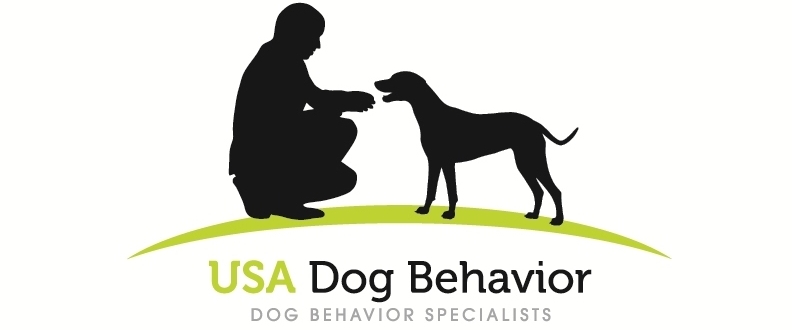Cesar Millan's 4 Biggest Dog Training Myths
Cesar Millan
For the audio version of these blog posts, tune into the USA Dog Behavior Podcast.
Cesar Millan, it’s time to apologize to dogs. For years, you’ve pushed these four myths, and now, science is calling for a reckoning.
If you’ve ever watched The Dog Whisperer, you’ve seen Cesar Millan in action, calmly walking a pack of dogs, correcting bad behavior with a sharp "tsst," and preaching about "dominance" and "being the pack leader." His methods look effective on TV, but here’s the problem: most of what he promotes isn’t backed by modern dog behavior science. In fact, some of it is downright harmful.
In the dog behavior world, we call that “Made-for-TV dog training.” It portrays real dog behavior work about as accurately as Grey’s Anatomy portrays actual medical practice.
Let’s break down the silliest (and most dangerous) myths Millan has pushed, and why you should ditch them for good.
Myth #1: "Dogs Are Dominant and You Must Be the Alpha"
Millan’s whole philosophy hinges on the idea that dogs are constantly vying for dominance and humans must assert themselves as "alpha." This comes from a decades-old study of captive wolves that was later debunked by the original researcher himself (L. David Mech in his book The Wolf: The Ecology and Behavior of an Endangered Species).
Dogs aren’t wolves, and even wolves don’t live in rigid "alpha" hierarchies the way we once thought. Modern research shows that dogs see us as social partners, not rivals in a power struggle. Trying to "dominate" your dog with physical corrections or alpha rolls (forcing them onto their back) doesn’t build trust; it creates fear and can lead to aggression.
The Better Way: Focus on positive reinforcement and clear communication, not intimidation.
Myth #2: "A Tired Dog Is a Good Dog”
This one hurts my ears every time I hear it. Millan loves to say that misbehavior stems from a lack of exercise, and while dogs do need physical activity, exhaustion isn’t a cure-all. A dog who’s still bouncing off the walls after a 10-mile run isn’t "untrained,” they might be overstimulated, anxious, fearful, or lacking mental enrichment.
The Better Way: Combine exercise with training, mental enrichment, and relaxation exercises, of which there are a multitude of options. A calm, fulfilled dog is better than a tired, stressed one.
Myth #3: "Correct Bad Behavior with Force"
Jerk the leash. Pinch the neck. Kick the side. Millan’s go-to "corrections" rely on physical punishment, which science has repeatedly shown can backfire. Fear-based training might suppress behavior temporarily, but it doesn’t teach your dog what to do instead, and it can damage your relationship.
Studies confirm that dogs trained with punishment are more likely to show aggression and anxiety. Imagine if every time you made a mistake at work, someone yelled at you or shoved you. Would you trust them? Would you be relaxed? Would you be able to learn?
The Better Way: Redirect unwanted behavior and reward the right choices. Positive reinforcement isn’t "permissive”; it’s effective.
Myth #4: "Dogs Feel Guilty"
Millan often mistakenly interprets a dog’s lowered head or avoidance as "guilt." But dogs don’t experience guilt the way humans do. Those "guilty looks" are actually responses to our body language. Your dog isn’t sorry they chewed the couch; they’re reacting to your angry tone.
The Better Way: Manage the environment (keep shoes out of reach!) and train proactively instead of waiting for "bad" behavior to happen.
Final Thoughts
Cesar Millan’s methods are rooted in outdated ideas from decades ago and reality TV drama, not science. Dogs thrive on patience, understanding, and positive reinforcement, not dominance and punishment.
If you’ve followed Millan’s advice in the past, don’t beat yourself up.
But now you know better, and your dog will thank you for it.
For the audio version of these blog posts, tune into the USA Dog Behavior Podcast.
© 2025 Scott Sheaffer. All rights reserved.

